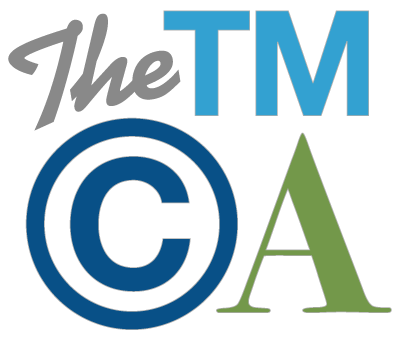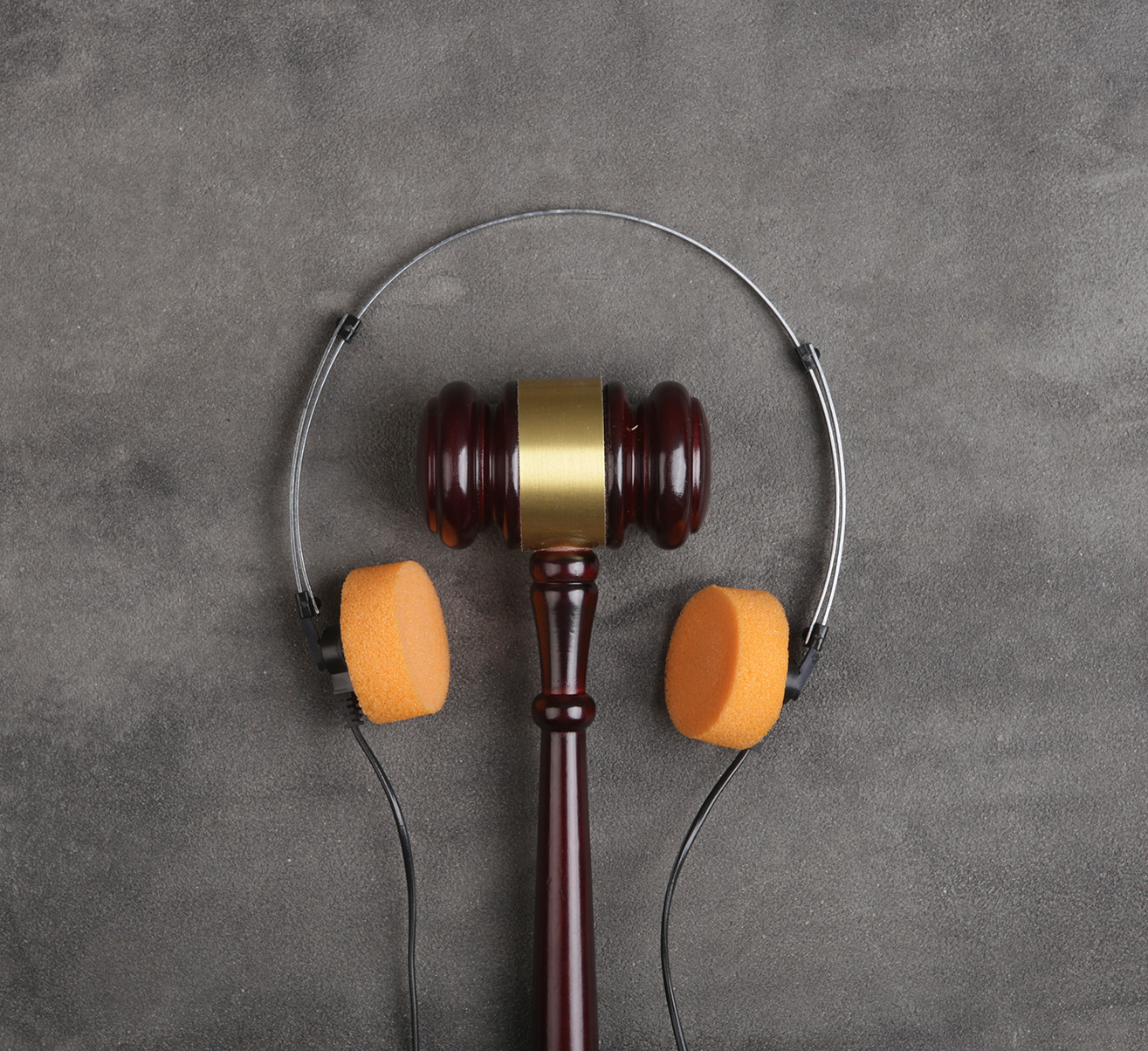Whose Song Is It Anyway? Questions about Samples in Flo Rida and will.i.am’s Hit “In the Ayer” Soar to the Supreme Court
On September 29, 2023, the Supreme Court granted certiorari in Warner Chappell Music, Inc. v. Nealy, a case that should resolve a split among the U.S. Courts of Appeal relating to the scope of damages available to copyright holders. The Supreme Court’s decision will determine whether a party can recover damages for copyright infringement that went undiscovered for more than three years before a lawsuit is filed.
In the abstract, the question might seem rather narrow. But imagine you are an artist, someone uses your work without your permission, and you do not learn about it until four years later. Can you still sue for copyright infringement? The Court’s decision may determine how thorough copyright owners have to be in their efforts to ferret out infringers before their claims are time-barred.
This post is the first of a series that will follow the Warner v. Nealy case. Over the next few months, we will publish updates on the case and provide an analysis of the Supreme Court’s forthcoming decision. But first, let’s discuss the question presented to the Court, take a look at the factual background of the dispute and the potential impact of the Supreme Court’s decision.
Question Presented
The Supreme Court granted certiorari on one question: whether, under the discovery accrual rule applied by the Circuit Courts and arising from the Copyright Act’s statute of limitations, a copyright plaintiff can recover damages for acts that occurred more than three years before the filing of a lawsuit.
The Copyright Act has a three year statute of limitations reading “no civil action shall be maintained . . . unless it is commenced within three years after the claim accrued.” 17 U.S.C. § 507(b). The Supreme Court previously analyzed Copyright Acts’ statute of limitations in Patrella v. Metro-Goldwyn-Mayer, and determined that the defense of laches cannot bar a claim for damages within the 3-year limitation period. In the Patrella case, the Supreme Court said that Section 507(b) bars relief of any kind for conduct occurring prior to the three-year limitations period.
Given the Supreme Court’s prior decision, it may seem clear that damages are limited to such three-year period. Enter the discovery accrual rule.
Under the discovery accrual rule, a claim arises when a party learns, or a reasonable person should have learned, that the defendant violated its rights. As we have reported previously, courts apply the discovery accrual rule differently to copyright disputes relating to ownership than those relating to injury. For copyright claims relating to ownership, the claim arises only once and at the time the copyright owner discovers, or should have discovered, that another challenges their ownership of the copyright. If a copyright owner discovers such a claim within three years of filing the Complaint, the case is considered “timely” and generally is not barred by the statute of limitations.
However, courts have differing opinions on how the discovery accrual rule applies to damages for copyright infringement. In the present case, the Eleventh Circuit Court of Appeals found that a plaintiff who has a timely claim—that is, it discovered the infringement less than three years before filing the Complaint—may obtain damages accruing beyond the three year period before the plaintiff filed suit. The court found that the Ninth Circuit Court of Appeals also supported this view.
The Second Circuit Court of Appeals takes a different approach. The Second Circuit applies the discovery accrual rule when determining whether a claim is timely, but views Section 507(b) and Patrella as prohibiting recovery of damages from infringement occurring more than three years before a plaintiff files suit. In other words, you can sue for copyright infringement that occurred more than three years ago, but you cannot recover damages for that same infringement period.
Thus, there is a circuit split that the Supreme Court’s decision in Warner should resolve.
Facts of the Case
In December 28, 2018, Nealy and his company Music Specialists Inc. (MSI) filed a Complaint against, among others, Warner Chappell Music, Inc. in the U.S. District Court for the Southern District of Florida. The plaintiffs alleged that, since 2008, Warner had infringed Nealy and MSI’s copyright in several songs by distributing them to others. The most lucrative of the songs was “Jam in the Box,” which Flo Rida and will.i.am sampled in their hip hop hit “In the Ayer.” Flo Rida and will.i.am’s song went double platinum and peaked at No. 9 on the Billboard Hot 100. Despite the ten year delay in taking action, Nealy and MSI rely on the discovery accrual rule to seek both injunctive relief and damages. For its part, Warner does not deny that it distributed the music, but argues that it was authorized by a third party to do so.
The Eleventh Circuit Court of Appeals found that the only dispute in the case is whether the plaintiffs own the copyrights. The parties stipulated that if Nealy and MSI—not the third party—own the copyrights, the only remaining issue is damages. The Court readily accepted Nealy and MSI’s claims as timely under the discovery accrual rule. Nealy had a compelling reason the delay: he was in prison from 1989 to 2008 and again from 2012 to 2015. He did not discover Warner’s infringement or the third party’s claim to the copyrights until early 2016, less than three years before the plaintiffs filed the Complaint.
The more difficult question is whether Nealy and MSI can recover damages dating back to 2008 or whether their recovery is limited by the three year statute of limitations. The Eleventh Circuit began by analyzing the Patrella decision and finding that it was not controlling. Specifically, Patrella only answered whether the laches defense applied to the plaintiff’s claims and the plaintiff in Patrella was not seeking damages for conduct outside the statute of limitations. The Court in Patrella had also noted that it was not opining on the discovery accrual rule.
The Eleventh Circuit also analyzed the text of the Copyright Act. It found that Section 507(b) relates only to the timeliness of a claim and does not limit remedies available to a party. It noted that the “damages provisions” of the Copyright Act, 17 U.S.C. § 504, do not include any limits but broadly permit a party to seek “actual damages and any additional profits of the infringer.”
The Court ultimately concluded that Nealy and MSI’s damages would not be limited to the three years preceding the filing date of the Complaint.
Industry Impact
Although Warner’s appeal has not yet been addressed on its merits, scholars and industry groups have filed amicus briefs that highlight the legal and practical implications of this case.
The Recording Industry Association of America and National Music Publishers’ Association filed an amicus brief urging the Supreme Court to grant certiorari. These associations noted that “copyrights are the music industry’s most consequential asset” and argued that it is “exceptionally important” that the Supreme Court provide “a clear, predictable, and geographically consistent answer” to the question presented. They also highlighted the burden that the circuit split has placed on the industry. For example, they noted that the music industry is constantly involved in litigation in the Ninth Circuit and the Second Circuit—which happen to have the most copyright cases in the country—and are faced with navigating two inconsistent approaches to the scope of available damages.
A group of professors from Southwestern Law School and the Chamber of Commerce of the United States also filed amicus briefs, arguing that the discovery rule should not apply to the Copyright Act. According to these amici, the Supreme Court should simply hold that the three year statute of limitations is controlling and find that the discovery accrual rule cannot be used for timeliness or damages purposes.
One thing the amici agree on is that the Supreme Court needs to resolve the circuit split and provide some much needed clarity on the scope of damages available under the Copyright Act.
No matter what the Supreme Court decides, the effects of its decision will extend far beyond the music industry. Stay tuned to the TMCA.com blog as we further discuss this case and the Supreme Court’s ultimate decision.









